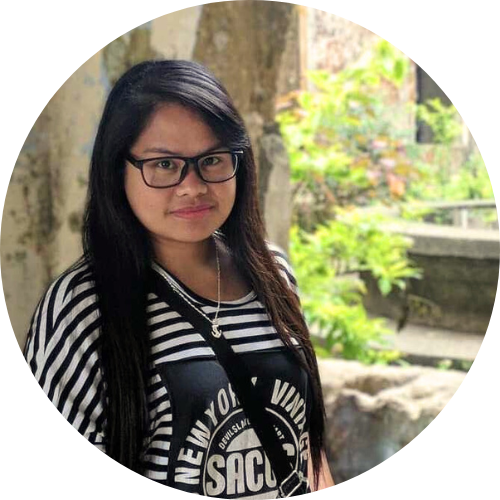How to Become an Esthetician in District of Columbia

Estheticians are skincare specialists who provide various beauty treatments to clients, focusing primarily on the face and body. They are trained professionals who help clients improve and maintain the health and appearance of their skin. Here are the key points you need to know about becoming an esthetician in the District of Columbia:
How do I get a job as an Esthetician?
Once you have obtained your esthetician certification, you can start looking for job opportunities in the field. Here are some steps you can take to increase your chances of finding a job as an esthetician:
-
Build your professional network: Networking is an essential part of any job search. Attend industry events, join professional organizations, and connect with other estheticians in your area. Building relationships with industry professionals can lead to job opportunities, as well as provide valuable insights and advice.
-
Create a professional resume and cover letter: Craft a well-written resume that highlights your education, training, and relevant experience. Include any specialized skills or certifications you have obtained, such as microdermabrasion or chemical peel training. Tailor your resume to each job application and write a compelling cover letter that showcases your passion for skincare and your desire to help clients achieve their skincare goals.
-
Apply to esthetician job openings: Search online job boards, esthetician-specific websites, and local classifieds for job openings in your area. Apply to positions that align with your skills and interests. Be prepared to submit your resume, cover letter, and any additional documentation or references requested by the employer.
-
Consider working at a spa or salon: Many estheticians begin their careers by working at spas or salons. These establishments often offer a range of skincare services and have an established client base. Working at a spa or salon can provide you with valuable experience, exposure to different skincare products and techniques, and the opportunity to build a loyal clientele.
-
Explore other career paths: Estheticians have a variety of career paths to choose from. Some may choose to specialize in a specific area, such as medical esthetics or spa management. Others may decide to start their own skincare business or work as a freelance esthetician. Consider your long-term career goals and explore different options to find the path that aligns with your interests and aspirations.
Career Paths and Opportunities after Becoming an Esthetician
Becoming an esthetician opens up a world of opportunities in the skincare and beauty industry. Here are some career paths and opportunities you can explore after obtaining your esthetician certification:
-
Spa Esthetician: Many estheticians choose to work at spas, where they provide a range of skincare treatments, such as facials, body wraps, and exfoliation. Working at a spa allows you to gain experience in a relaxing and luxurious environment and work with a diverse clientele.
-
Medical Esthetician: If you have an interest in the medical side of skincare, you may consider becoming a medical esthetician. Medical estheticians work in dermatology clinics, plastic surgery offices, or medical spas, assisting with procedures such as laser treatments, chemical peels, and microdermabrasion. This career path requires additional training and knowledge of medical-grade skincare products and treatments.
-
Makeup Artist: Estheticians often have a strong understanding of skincare and makeup application techniques, making them ideal candidates for a career in makeup artistry. As a makeup artist, you can work in various settings, such as bridal makeup, fashion shows, photography studios, or even film and television.
-
Product Representative: With in-depth knowledge of skincare products and ingredients, estheticians can pursue a career as a product representative for a skincare brand. In this role, you would educate and promote the brand's products to spas, salons, and other estheticians. This career path allows you to combine your passion for skincare with sales and marketing skills.
-
Entrepreneurship: Some estheticians choose to start their own skincare business, offering services such as facials, waxing, or specialized treatments. Owning your own business gives you the flexibility to set your own schedule, create a unique brand, and offer personalized skincare solutions to your clients.
Final Thoughts
Becoming a certified esthetician can open the door to a rewarding and fulfilling career in the skincare and beauty industry. By following the necessary steps to obtain your esthetician certification, networking with industry professionals, and exploring various career paths, you can find success as an esthetician. Whether you choose to work at a spa, pursue a specialized field, or start your own business, your skills and expertise as an esthetician will be in demand. Embrace the opportunities that come your way and continue to expand your knowledge and skills in this ever-evolving industry.
If you're someone who values exploring multiple career options and wants to find the best match for your interests, feel free to check out these additional articles:




